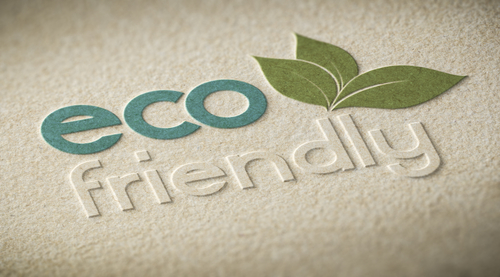Is sustainable vacuum forming achievable? With growing interest worldwide in reversing the impact of climate change, responsible manufacturers are working hard to minimise the impact of their activities on the environment whilst also recognising that manufacturing meets the demands of many consumers and significantly contributes to employment and GDP.
What is Sustainable Vacuum Forming?
The US Department of Commerce defines sustainable manufacturing as
“The creation of manufactured products that use processes that minimize negative environmental impacts, conserve energy and natural resources, are safe for employees, communities, and consumers and are economically sound.”
What is Sustainable Manufacturing? Dr David C. Morgan, University of Cambridge
Taking the factors above into consideration, vacuum forming can offer a sustainable manufacturing process.
“Minimise negative environmental impacts”
Using older machines and plant to complete any project is likely to be more inefficient, and less sustainable. More up-to-date CNC routers, laser cutters and even digital printers are designed for greater speed and efficiency. This can be evidenced in a number of ways
- The faster the process the less energy used
- Additionally modern plant is designed to use less energy
- Functions such as tandem production further minimises time on the machine
- Computer software further helps minimise manufacturing time and reduce the amount of waste product
“Conserve energy & natural products”
As above, much of the very latest kit is specifically designed for speed, multi-tasking and low energy use. All these functions will lower energy use. Project completed in one location will also reduce the carbon footprint of the project. Any sound business will always look to reduce its energy use as a cost saving exercise.

Many manufacturers will also develop specific targets for energy reduction, reducing waste and lowering the amount of waste send to landfill. Wrights Plastics conceived such as strategy and its outcome can be read here.
Plastic is not a natural resource but two factors need to be considered.
Sourcing material from ethical suppliers will mean that the virgin materials used in the product have been manufactured ethically and with as low an impact on the environment as possible. Supply chain responsibility is an important step towards improved sustainability for any manufacturer, and membership of organisations such as SEDEX is a sign of their seriousness.
Secondly, the use of recycled material is a step towards increased sustainability. For example Greencast acrylic products claim that their material offers “the same exceptional high-quality as the virgin acrylics”
In terms of colour and finishes, the recycled products are virtually identical to virgin material. The only difference from a customer’s point of view is that the material may cost slightly more, and this will impact on the overall projects costs. However, it is likely the costs differential will reduce as recycling costs reduce and the market becomes more competitive.
Even when recycled acrylic cannot be used for technical reasons, many acrylics and plastics can be recycled at the end of their product life and the resulting material used to manufacture a wide range of products.
A factor often overlooked when considering the sustainability of any project is choosing the correct partner for your project. The least sustainable option is doing anything more than once, and this will happen unless the manufacturer has extensive material credibility and applications expertise. An experienced vacuum former will (if required) create a plastic prototype to allow pre-production testing, select the right materials and processes for the most sustainable option – which will also likely be the most cost-effective for the product.



Recent Comments